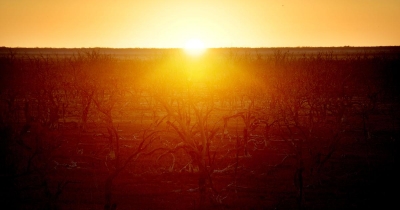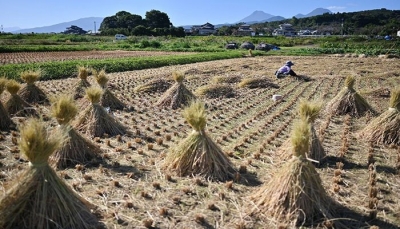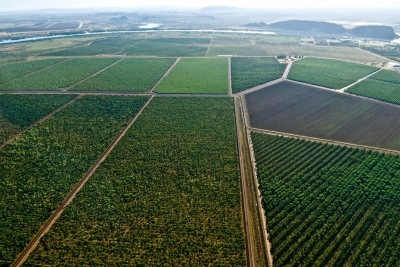What is solar geoengineering? Why do experts want to prevent use of such technology?

An international team of scientists and scholars have appealed to the United Nations for an international agreement on non-use of controversial climate change mitigation strategy known as solar geoengineering.
Promising, but...
Solar geoengineering, or solar radiation modification (SRM) is a proposed type of climate engineering which intends to limit the amount of sunlight that reaches the Earth and thereby lower global temperature. It is a sort of quick fix to reverse human-caused climate change. The technology involves practices like massive spraying of aerosols in the earth's stratosphere to block a part of incoming sunlight to cool the planet. There are other forms of solar radiation modification such as placing giant mirrors in space to reflect away Earth-bound sunlight, whitening rooftops and road surfaces, and lightening the colour of crop leaves through genetic modification.
Proponents of the technology cite that many climate models have consistently indicated that a moderate magnitude of solar geoengineering would bring important aspects of the climate average and extreme temperature, water availability, cyclone intensity-closer to their pre-industrial values, but opponents say that solar geoengineering deployment cannot be governed globally in a fair, inclusive and effective manner. For instance, deployment by one country could affect the weather patterns over others.
What could go wrong?
In an open letter, the initiators of the Solar Geoengineering Non-Use Agreement argue there are three main grounds for preventing the use of such technologies.
The unknown risk: They say the risks of solar geoengineering are poorly understood. There are uncertainties about the effects on weather patterns and agriculture.
Climate inaction by governments: The technologies could be used by governments or industries to delay their decarbonisation policies, carbon neutrality and other emission mitigating efforts
Who gets to decide?: Currently there is no global governance system to monitor or implement solar geoengineering schemes which could be set in motion today by a single country, or even a billionaire.
The letter goes on to call for five measures to be adhered to by the international community no public funding for solar geoengineering: no outdoor experiments no patents for solar geoengineering tech; no deployment of such tech and no support for solar geoengineering from international institutions.
Picture Credit : Google

